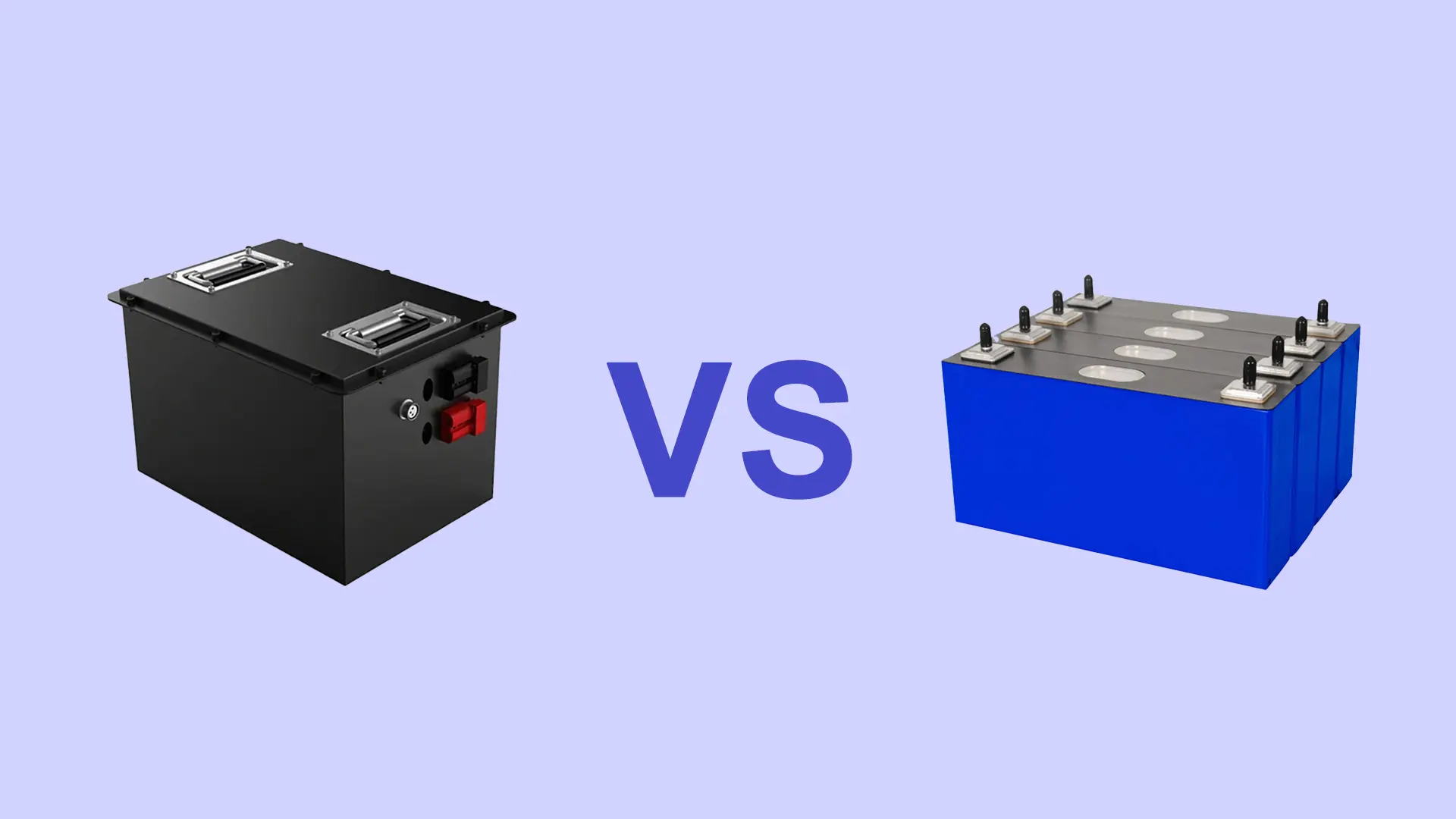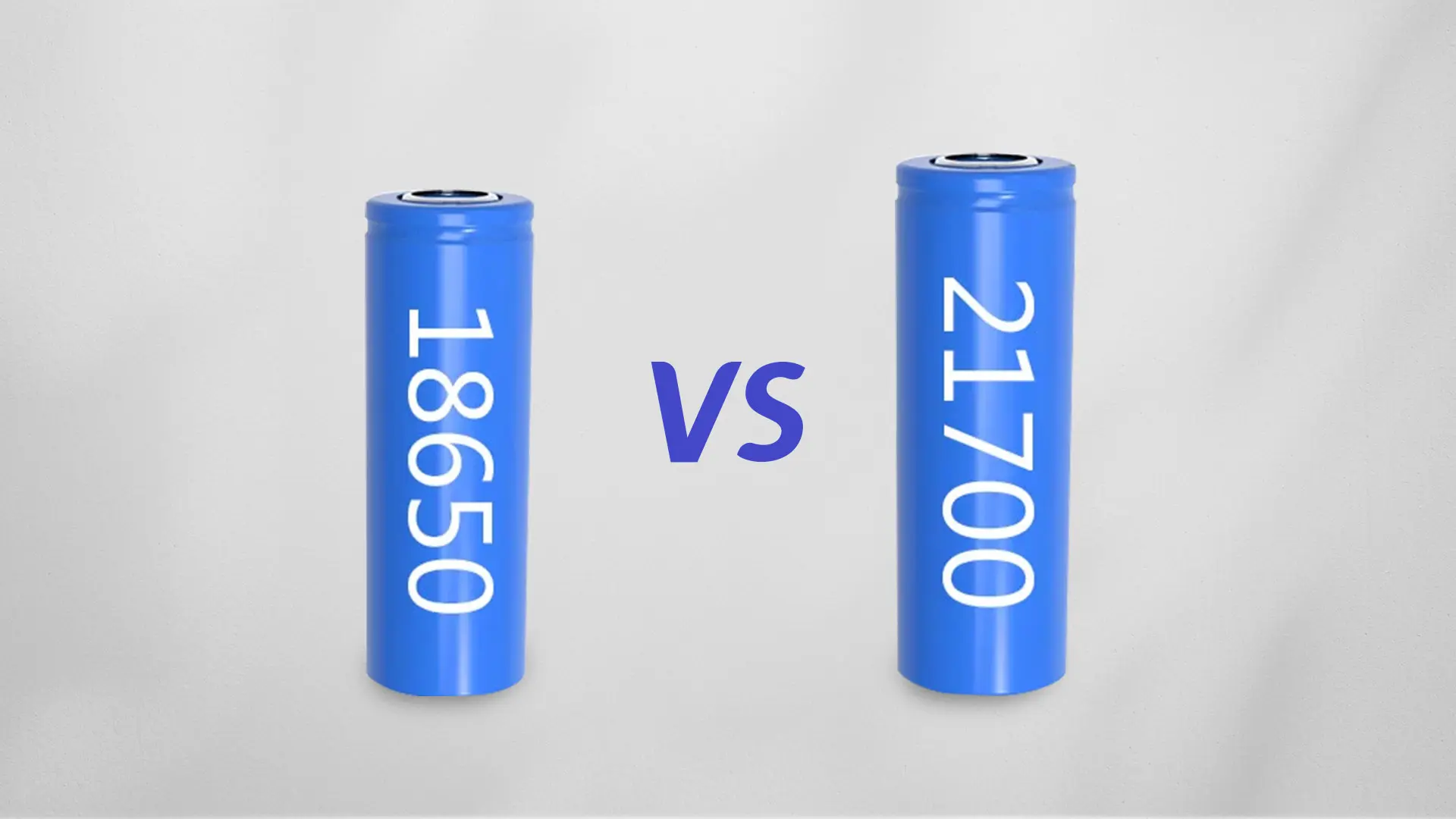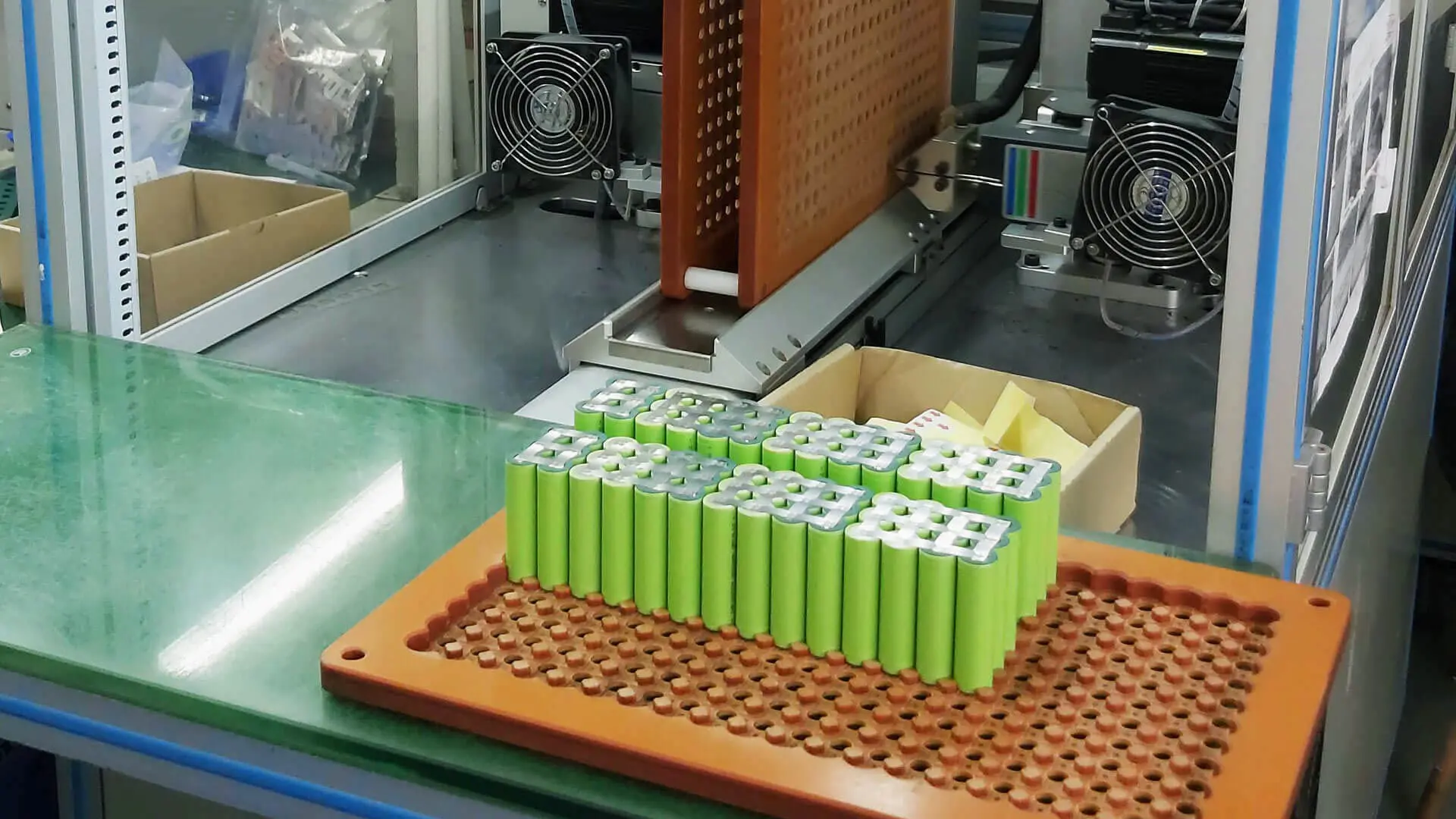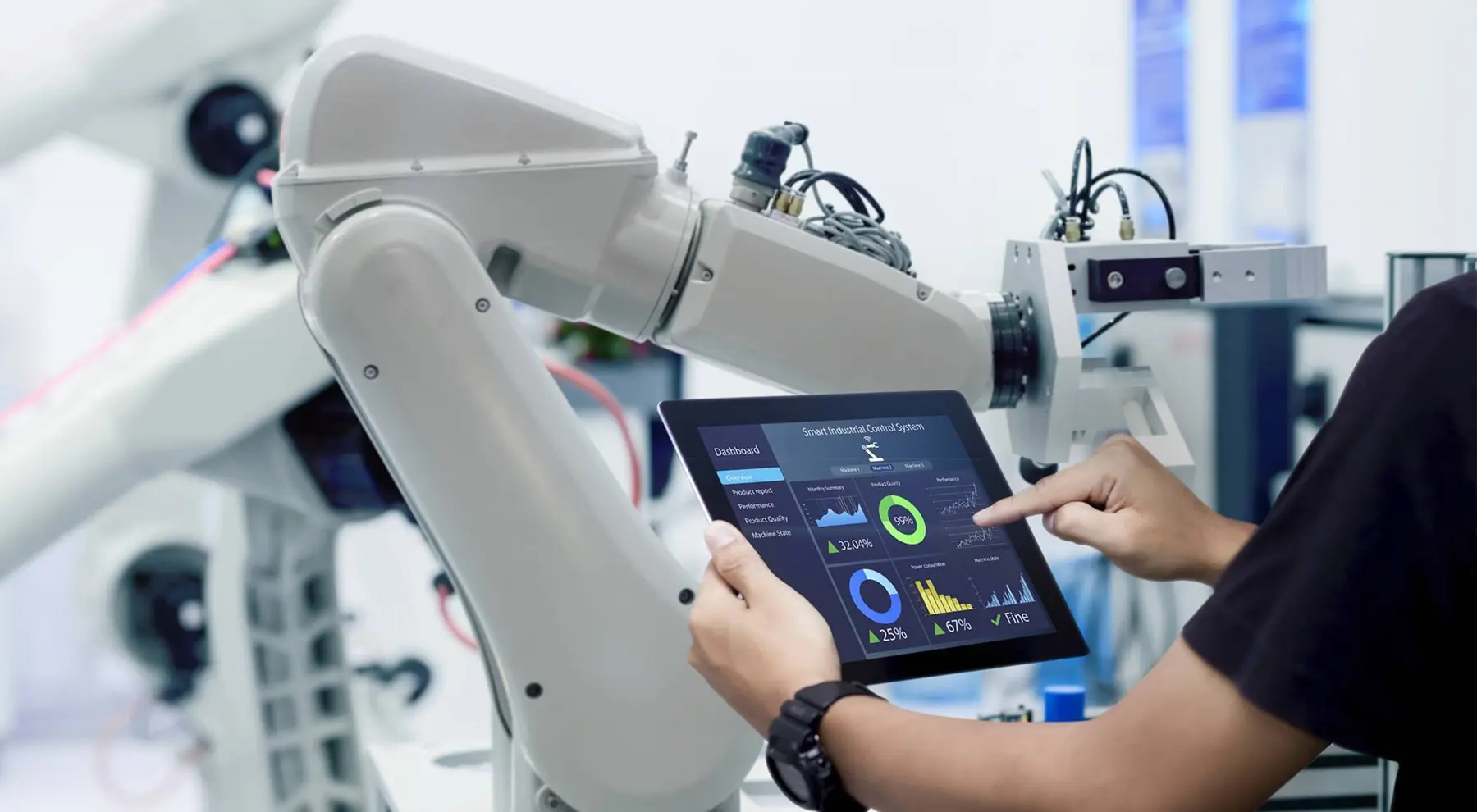32700 and 18650 batteries are two popular types of rechargeable lithium-ion batteries. The 32700 battery, with its 32mm diameter and 70mm height, boasts superior capacity and stability advantages, and are suitable for long-cycle devices such as solar streetlights. On the contrary, 18650 battery, with its 18mm diameter and 65mm height, shines in portability for consumer electronics. This article explore the major difference in 32700 battery and 18650 battery in terms of capacity, discharge rate, energy density, cycle life, thermal management and cost.
What is 32700 Battery?
32700 battery is a type of large cylindrical lithium-ion battery named after its dimensions, featuring a diameter of 32 mm and a height of 70 mm. 32700 lithium iron phosphate battery has 3.2V nominal voltage, while 32700 ternary lithium battery offers 3.6-3.7V nominal voltage. Their maximum charging voltages reach 3.65V and 4.2V, and their discharge cut-off voltages are 2.0V and 3.0V respectively. Their capacities vary from 5000mAh to 6000mAh with high-power models exceeding 8000mAh.
What is 18650 Battery?
18650 battery is a standard lithium-ion battery model with 18mm in diameter, 65mm in length and 0 for its cylindrical shape. Its compact design allows for space-constrained devices. And its small size also allows for higher module stacking density, thereby increasing volumetric energy density of the battery pack.
18650 lithium-ion batteries features with 3.7V nominal voltage and 4.2V charging cut-off voltage, while 18650 lithium iron phosphate batteries have a nominal voltage of 3.2V and a charging cut-off voltage of 3.6V. Common capacities for 18650 batteries are 2200mAh-2600mAh, and their lifespan is 1000 charge and recharge cycles.
32700 VS 18650 Battery: Detailed Comparison
Both 32700 battery and 18650 battery have respective edges, which contributes to their unique performance. 32700 battery excels in outstanding capacity, durability owning to high volume, low resistance design and larger electrode area. 18650 battery outperforms in superior energy density because of its small diameter and tight winding of electrode structure.
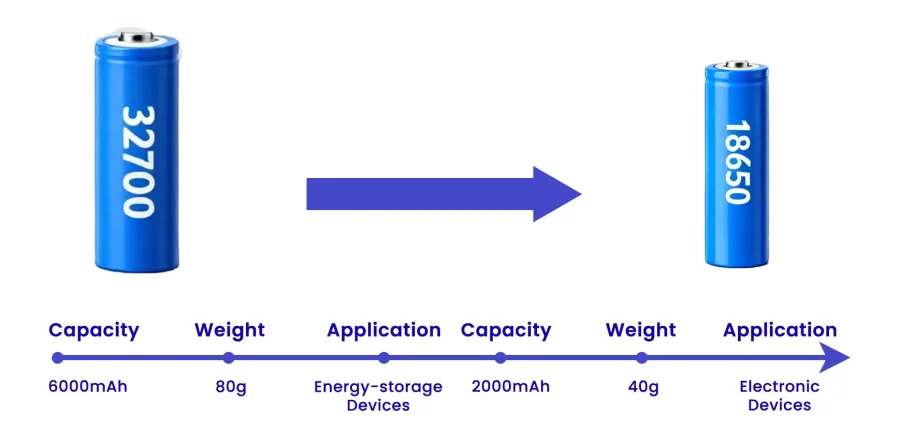
| Features | 32700 Battery | 18650 Battery |
| Size (Diameter × Height) | 32 × 70 mm | 18 × 65 mm |
| Capacity | 5000–6500mAh | 2000–3500mAh |
| Energy Density | Medium | High |
| Chemistry | LiFePO4 / NCM | NCM / NCA / LiFePO4 |
| Discharge Rate | Medium | High |
| Cycle Life | 2000+ cycles(LiFePO₄) | 500–1500 cycles |
| Weight | 80–100 g | 45–50 g |
| Cost | Higher cost per cell | Low cost due to mature production |
| Applications | E-bikes, Energy storage, AGV/AMRs, ROV | Power tools, medical devices, drones |
Case Study: 8S3P 18650 Battery Pack vs. 8S3P 32700 Battery Pack
To help users better understand how 18650 and 32700 cells behave in practical applications, here is a direct comparison using the same pack configuration (8S3P). Although the structure is identical, the performance, capacity, weight, and application suitability differ significantly due to the cell characteristics.
8S3P 18650 Li-ion Battery Pack (29.6V 7.5Ah)
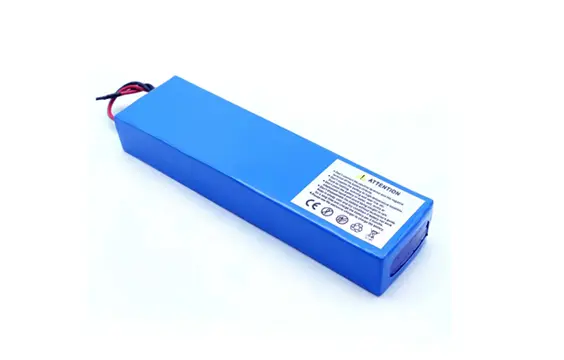
Used in electric skateboards and portable devices, this pack highlights the typical strengths of 18650 Li-ion cells:
- High energy density: The compact 18×65 mm cell size enables tight electrode winding, resulting in excellent volumetric energy density.
- Higher voltage per cell (3.7V): Supports stronger burst power for mobility applications.
- Lightweight: Around half the weight of NiCd or NiMH batteries of the same capacity.
- Environmentally safer: No harmful metals like Cd, Pb, or Hg.
- Long service life: Typically over 500 cycles for Li-ion, higher for LiFePO4 chemistry.
This configuration is optimized for speed, lightweight design, and space-constrained projects, making 18650 the preferred choice for consumer mobility products.
8S3P 32700 LiFePO₄ Battery Pack (25.6V 18Ah)
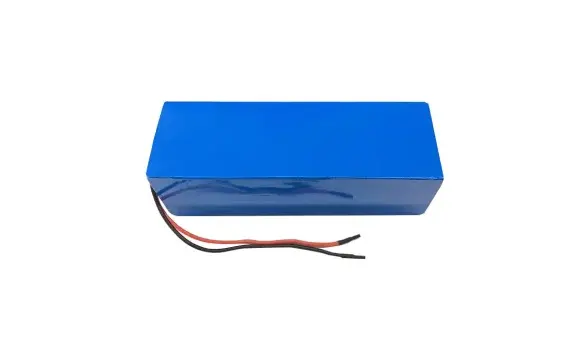
A practical example is a 25.6V 18Ah 8S3P 32700 battery pack built with 24× 32700 6Ah LFP cells, featuring RS-485 communication and an IP68 waterproof metal enclosure for underwater ROVs and IoT modules. It demonstrates the core advantages of 32700 cells:
- Much higher capacity: Over twice the runtime of an 8S3P 18650 pack due to the larger 32×70 mm cell volume.
- Outstanding cycle life: 2000+ cycles under LFP chemistry.
- Stable discharge: Larger electrode area and low internal resistance deliver smooth, stable output—ideal for long-duration equipment.
- Enhanced durability: Thick casing and robust tabs improve safety in extreme environments.
This pack structure is ideal for industrial-grade applications, such as ROVs, outdoor IoT devices, stationary systems, and equipment requiring long cycle life and high reliability.
Even in the same 8S3P configuration, the two packs target very different needs:
| Factor | 8S3P 18650 Pack | 8S3P 32700 Pack |
| Nominal Voltage | Higher (29.6V) | Lower (25.6V) |
| Capacity | ~7.5Ah | ~18Ah |
| Weight & Size | Compact, lightweight | Larger, heavier |
| Performance | Strong bursts, high-rate | Stable output, long endurance |
| Best For | Skateboards, drones, compact tools | ROVs, IoT, AGV/AMRs, ESS |
32700 VS 18650 Battery: Which One is Better?
If your project needs a compact and lightweight battery pack, and you care more about high energy density and strong power output, then the 18650 battery is usually the better fit. It keeps the overall system weight down, fits easily into tight spaces, and delivers the performance required for mobility devices like electric skateboards, drones, or portable tools.
On the other hand, if your priority is long runtime, maximum durability, and a battery that can reliably cycle over 2000 times, then the 32700 battery will serve you much better. Its larger cell size means much higher capacity, making it ideal for long-hour operation and harsh or industrial environments such as ROVs, IoT systems, or AGV/AMRs where stability and lifespan matter more than size. If you have any requests, please contact us.
Pros and Cons of 32700 Battery VS 18650 Battery
Pros of 32700 Battery
- Large capacity. 32700 batteries are larger, allowing for more battery material and larger capacity, making them suitable for devices requiring high capacity, such as energy storage systems.
- High safety. 32700 batteries use lithium iron phosphate, offering high safety. They are resistant to high temperatures, and unlikely to explode after puncture or compression.
- Long cycle life. 32700 lifepo4 batteries have a long cycle life, exceeding 2000 cycles, providing stable power to devices for extended periods.
- Good heat dissipation. Cylindrical structure of the 32700 battery limits heat transfer, impacting thermal runaway. Ample space between cells allows for better airflow, reducing heat transfer.
Cons of 32700 Battery
- Larger size. The larger size of the 32700 battery makes it unsuitable for devices with smaller size demands, such as mobile phones and tablets.
- Longer charging time. Larger capacity of the 32700 battery results in longer charging time, requiring a high-power charger to shorten the charging time.
Pros of 18650 Battery
- High energy density. 18650 batteries have a higher energy density for the same volume and weight, providing longer battery life. Suitable for devices with high battery life requirements, such as laptops and high-end flashlights.
- High tap density. Higher than lithium iron phosphate batteries, allowing more individual cells to be accommodated in the same volume, thus increasing the overall energy density of the battery pack.
- Superior low-temperature performance. 18650 batteries perform well in low-temperature environments, making them suitable for devices requiring low-temperature performance.
Cons of 18650 Battery
- Lower safety performance. Larger-capacity 18650 ternary lithium batteries fail safety tests such as nail penetration. High temperature, overcharge, short circuit, thermal runaway lead to battery explosion.
- Short cycle life. 18650 batteries have a relatively short cycle life, typically decreasing significantly in capacity after 300-500 cycles, requiring periodic battery replacement.
32700 VS 18650 Battery: What are Real-World Applications?
Applications of 32700 Battery
32700 battery is large-size cylindrical lithium-ion battery. It features high capacity, low internal resistance, support for high-current discharge, robust construction, and long lifespan, making it highly favored in devices requiring high energy density and reliability.
- Low-speed two-wheeled vehicles. 32700 batteries have larger capacity, which reduces the number of cells, lowers BMS complexity. Its high-current discharge capability, making it stand out for vehicle starting and hill-climbing.
- Portable energy storage devices. High capacity and long cycle life of the 32700 battery allows devices to store more energy, ensures durability, and reduces long-term costs.
- Underwater ROV. 32700 battery features with robust casing and stable discharge platform, providing reliable power supply for underwater robotic systems and sensors.
- Sub-sea power backup. 32700 battery has chemical stability, low self-discharge rates and long storage lifespans for difficult-to-maintain underwater backup power supplies.
Applications of 18650 Battery
18650 battery is the mature and widely used cylindrical lithium-ion battery to date. It boasts high energy density, mature manufacturing processes, a wide range of brand options, and a highly competitive cost advantage.
- Drones. 18650 batteries feature with high energy density and lightweight, delivering instantaneous high current required for takeoff, hovering, and maneuvering.
- Medical devices. 18650 batteries from brands such as Panasonic, Samsung, and LG undergo rigorous testing to ensure reliable operation of medical equipment at critical moments.
- Power tools. 18650 batteries have low internal resistance and provide high currents to the tool while maintaining low heat generation during high-current discharge.
- LED lighting. 18650 batteries with their high voltage and various capacity options meet different brightness requirements from everyday use to professional search and rescue.
FAQs About 32700 VS 18650 Battery
18650 vs 32700 Battery: If Cost Comes First, Which is Better?
The 18650 lithium battery is the preferred choice. 18650 battery has much lower cost than that of the 32700 battery due to its large-scale production, the cost per cell, giving it a significant cost advantage in applications requiring a large number of cells.
18650 vs 32700 Battery: Which is Better for Energy Storage Systems that Prioritize Lifespan and Stability?
32700 Lithium Iron Phosphate battery is the preferred choice. For example, in home solar energy storage, 32700 cells require fewer connections, are easier to manage, and have cycle life of over 3000 cycles.
How Safe Are 32700 and 18650 Batteries?
18650 battery is safer at the individual cell level due to its mature manufacturing process and lower energy density per cell. While 32700 battery is safer at the battery pack level, especially for lithium iron phosphate designs, as it requires fewer connections and generates less heat under high loads.
Which is More Durable, 32700 or 18650 Batteries?
32700 batteries are more durable compared to single battery cell. 32700 battery capacity is equivalent to the combined capacity of two regular 18650 batteries. For example, a 6000mAh 32700 battery has the same capacity as two 3000mAh 18650 batteries.
What is the Core Difference Between 32700 Batteries and 18650 Batteries?
Capacity and discharge-rate capability. 32700 batteries have capacities ranging from 5000 to 6000mAh, while 18650 batteries have capacities of 1800–3500mAh. High-rate 18650 batteries shine in high discharge rate than 32700 batteries due to low internal resistance and small capacity based on formula C-rate = Current/Capacity.

